
Selling your home doesn’t have to mean tackling a checklist of exhausting upgrades. Some steps that seem essential might not make the impact you expect and just drain your time and budget. If you’ve been stressing over perfect paint or pricey staging, you’ll want to see what’s truly worth keeping aside. Find out what you can skip and still attract serious buyers.
Replacing The Carpet Or Flooring
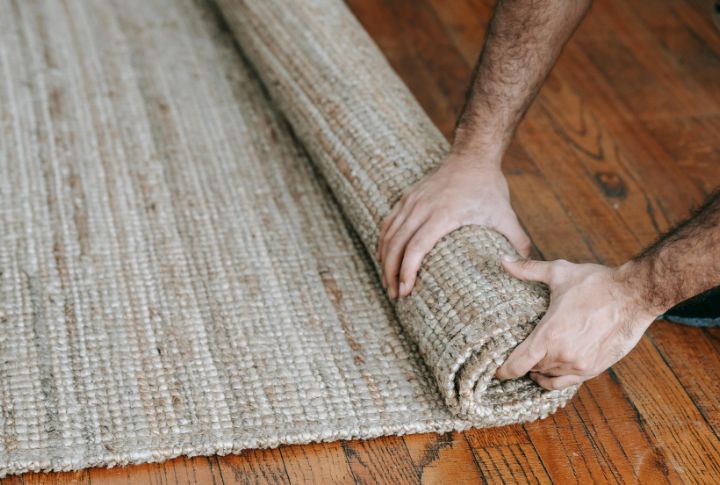
Avoid the expense of installing brand-new flooring. Most prospective homeowners prefer to choose their own surfaces to match their personal decor vision. Unless the current floors are severely damaged, a simple, professional deep clean is the better use of funds.
Undertaking Major Kitchen Or Bathroom Renovations
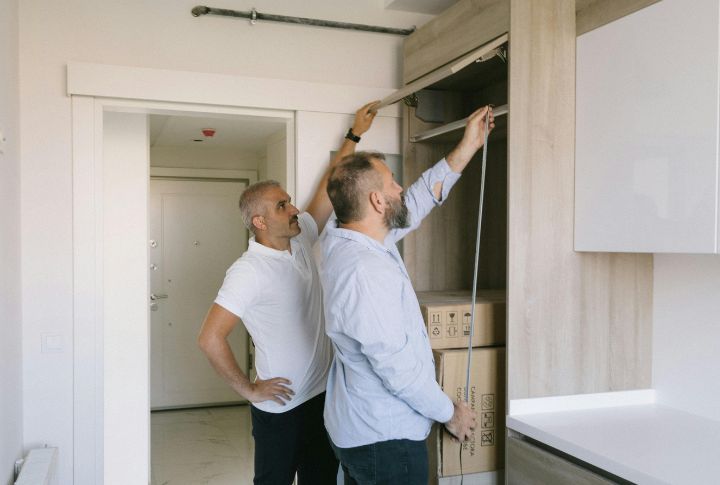
Major kitchen or bathroom renovations often demand huge investments, but seldom increase a home’s resale value proportionally. High costs and design choices in these essential spaces can overshadow other features, leaving buyers less impressed than expected.
Overhauling The Surrounding

Elaborate view projects consume time and money, yet they often fail to enhance a home’s value substantially. Focus on creating simple, clean curb appeal that requires minimal maintenance. This means ensuring the lawn is sharply mowed, shrubs are neatly trimmed, and walkways are cleared.
Fixing Minor Cosmetic Flaws
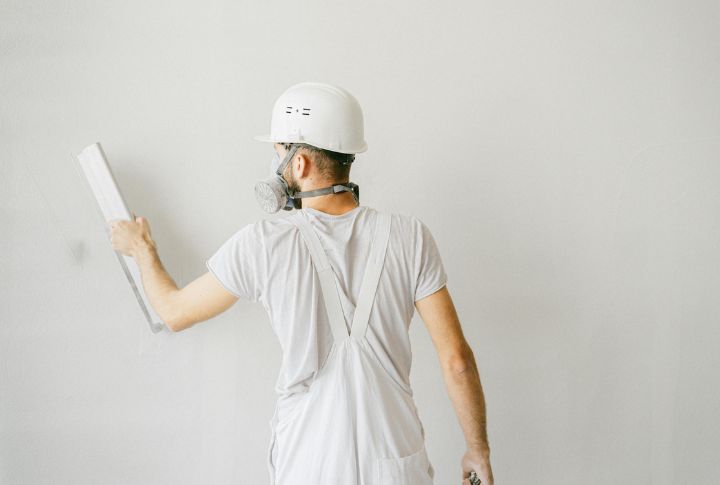
Do not feel obligated to hire contractors for every small cosmetic blemish, like scuffs or hairline cracks. Buyers anticipate a degree of normal wear and tear in any lived-in property. Allocate your budget toward addressing grout lines or applying spot paint to deliver a greater visual impact.
Replacing Old Appliances
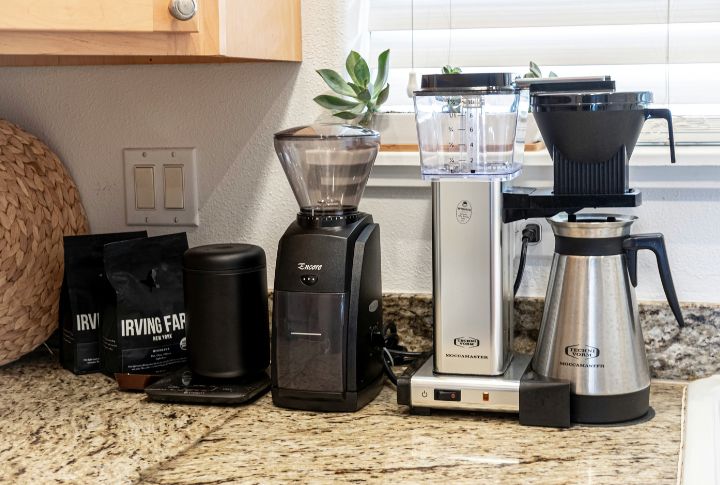
Upgrading to luxury appliance packages before listing can be a costly risk that buyers may not value. Home shoppers frequently have very specific brands or styles in mind for their ideal kitchen. So, allow the new owner to select their own appliances and save the substantial upgrade money for your moving costs instead.
Repainting Every Wall In The House
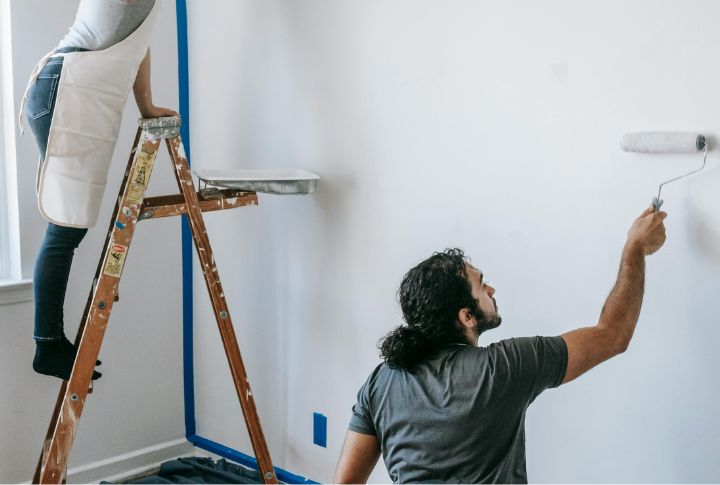
Full interior repaint represents a major investment, and market data suggests it provides minimal boost to the final sale price. The most effective approach is to selectively repaint marked areas or neutralize any overly bold colors. This strategy provides a clean backdrop that buyers appreciate.
Repairing Minor Electrical Issues
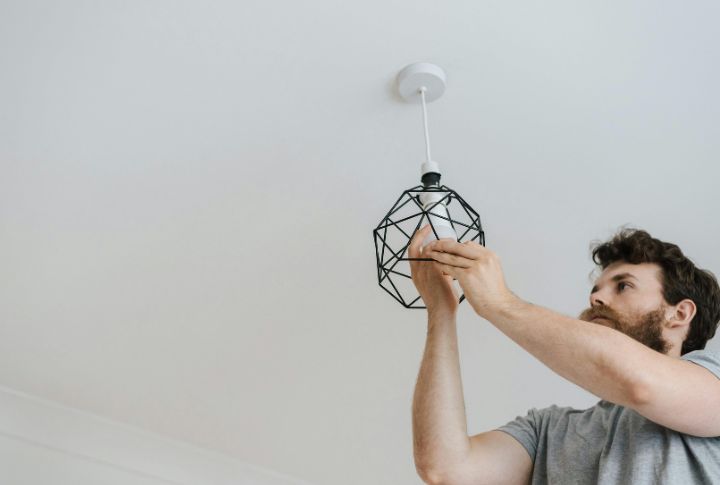
Buyers generally have realistic expectations about minor imperfections like flickering lights or slightly loose outlets. Unless the issue presents a safety risk requiring professional attention, these small electrical quirks rarely deter serious offers. Focusing on major systems and structural integrity is a far better use of pre-sale resources.
Updating Grandfathered-In Building Code Issues

Building codes constantly change, and older homes are typically protected by “grandfather” clauses. Buyers and inspectors accept that older properties will not meet every modern regulation. Updating non-hazardous, old code features is an unnecessary, substantial expense that rarely justifies the cost or enhances buyer perception.
Doing Partial Room Upgrades
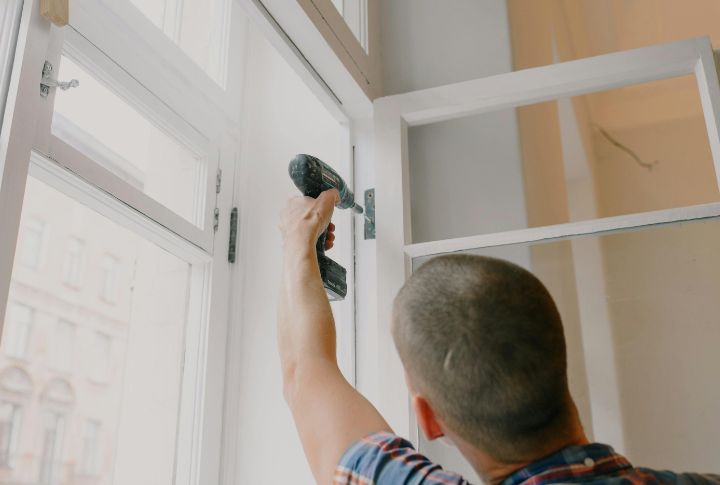
Doing partial upgrades—like replacing just one cabinet or updating half a bathroom—can make rooms feel unfinished. Instead of boosting value, these fragmented changes may confuse buyers or highlight what’s missing, making the home seem less cohesive overall.
Upgrading Light Switches And Outlet Covers
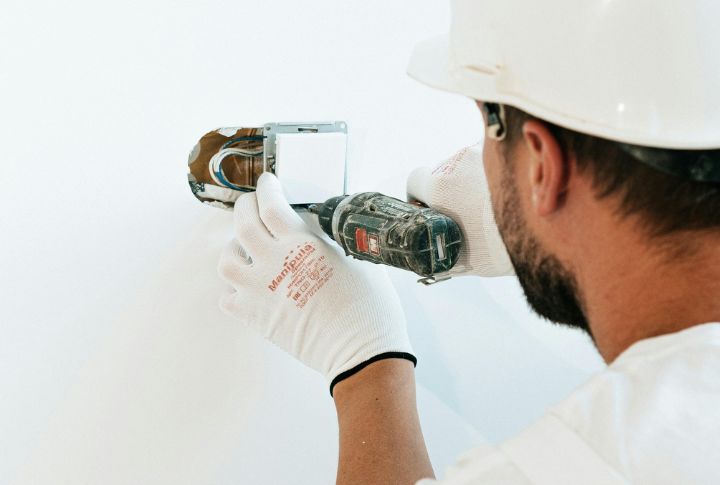
Swapping out basic switch plates or outlet covers for trendy versions may feel like a finishing touch, but buyers rarely notice. Unless they’re broken or mismatched, these details don’t influence offers and aren’t worth the time or expense.

